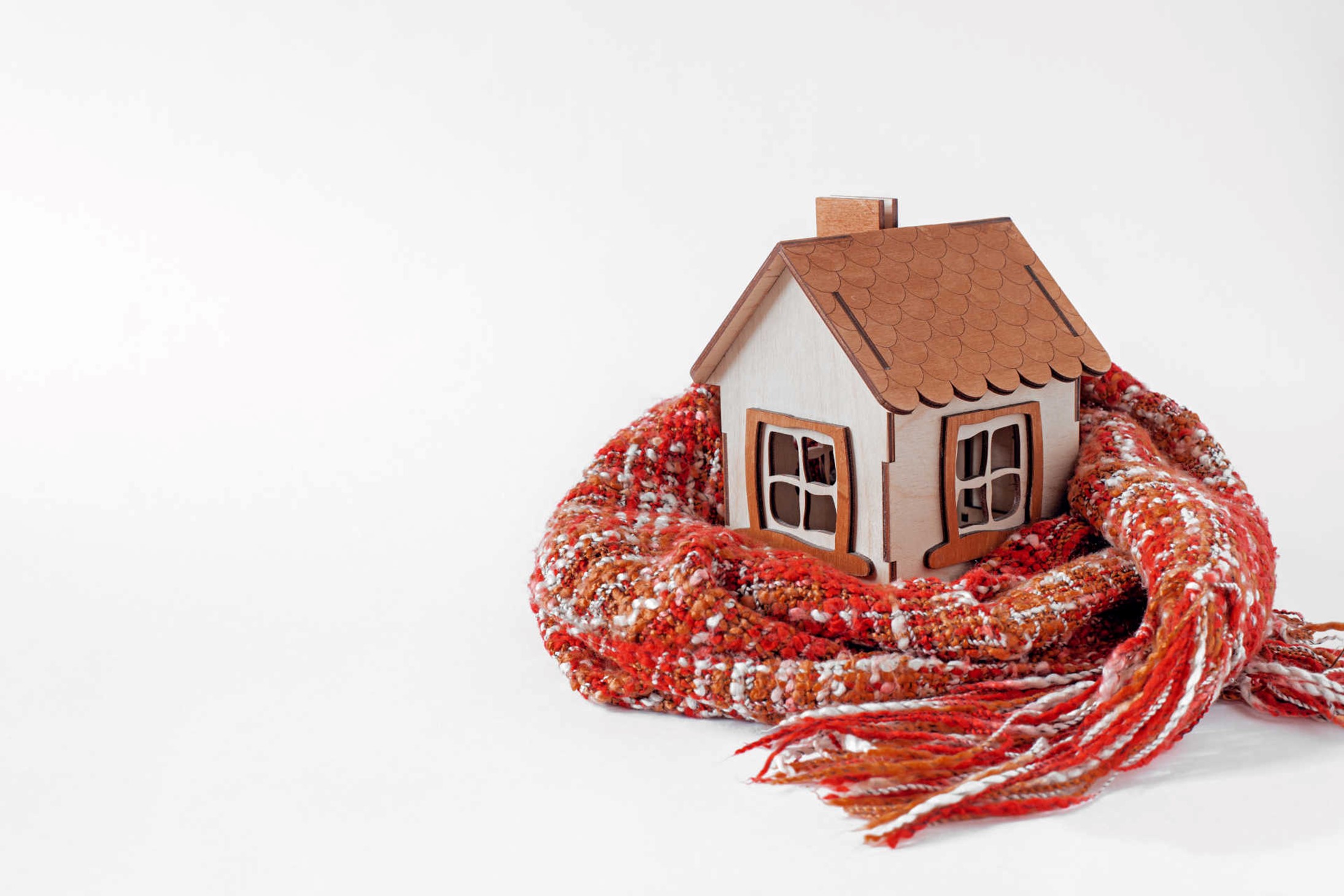
How to Properly Insulate Your Home
A healthy home is well-insulated and free from cold drafts, condensation, and mildew. Knowing how to properly insulate your home will save energy, maximise comfort, and comply with New Zealand Building Standards. We all like to lie on the right side of the law.
We’ve put together a guide to keeping your home’s thermal envelope tightly sealed. Let’s explore the guidelines for insulation, where to put it, and which types are the best fit for your property.
Get to Know Your Insulation R-Value
When we say R-value, we mean the effectiveness and resistance to heat flow of your chosen insulation. New Zealand’s Tenancy Services has a great guide to the R-value you need to meet for all parts of the house, and all parts of the country.
Insulation with high R-value means less heat can escape, as it stops the hot air from its invasion of cooler spots throughout the home. The main areas a house will lose heat are the ceiling (35%), the floor (14%), and the walls (25%). Ensure these areas are insulated to their required R-value (or higher) for a properly insulated home.
A general rule for R-value is:
| Part Of House | Zones 1 & 2 | Zone 3 |
| Ceiling | 2.9 | 3.3 |
| Walls | 2.0 | 2.0 (or higher) |
| Underfloor | 1.3 | 1.3 |
Types of Insulation
Insulation comes in many shapes, sizes, and materials. The type of insulation plays a large role in how much is needed and the cost when thinking about how to properly insulate your home.
Insulation for New Builds
If you’re building a new property, think about incorporating effective insulation solutions from the ground up. Use Standard Insulated Panels (SIP) or Staggered Stud Construction for continuous insulation and long-term cost-effectiveness.
Good quality insulation may be more expensive, but buying thick, fibreglass, or wool bulk insulation will last longer, while also having less impact on the environment!
Retro-fitting Insulation
Retro-fitting insulation can be a little more complicated, as you need to work with what was (or wasn’t!) already in the house. It may sound like a bit of a palaver, but a good guide to follow is the three Ds: Degradation, Damp, & Displacement. Get a professional in to help you out or take a thorough look throughout the building. Checking now could save a world of trouble should the inspectors come knocking!
Start with the ceiling. If the insulation is no longer thick enough or has obvious breaks in coverage, this can be upgraded with more bulk insulation, rather than starting from scratch. However, if the insulation is damp or mouldy, it will need to be taken out and completely replenished.
The walls and floor follow the same rules, although floor insulation must also touch the underside of the panels. If your home has concrete floors, this doesn’t apply!
Many houses built between 1978 and 2016 used foil insulation to comply with insulation standards. With the new legislation, foil is no longer allowed to be fitted and must be in ‘reasonable condition’ if it is to be bolstered as opposed to completely replaced. Foil insulation needs to be free from rips and moisture and completely cover the floor.
Exemptions from Insulation in the Healthy Homes Standards
Given the recent implementation of new Healthy Homes Standards in 2021, some exemptions apply to ensure you’re insulating your property to standard.
- Properties that have been sold and are immediately re-inhabited by the previous owner/tenant have 12 months to make sure the home is properly insulated.
- If an owner plans to demolish or substantially rebuild the property, they do not have to comply. However, the owners must gain building/resource consent from the council for this to apply.
- If the landlord does not own the whole tenancy building and must get permission to get access that will allow repairs or installations.
Insulate Your Home Properly & to Standard with Aeon Energy Solutions
If you’re looking at how to properly insulate your home, but aren’t quite sure where to start, Aeon Energy Solutions can help. We offer a free on-site consultation to get you on the way to a healthier, happier home.
Whether you’re a landlord looking to get your property up to scratch or a buyer/owner that needs the warm comfort of a well-insulated home, get in touch today!

